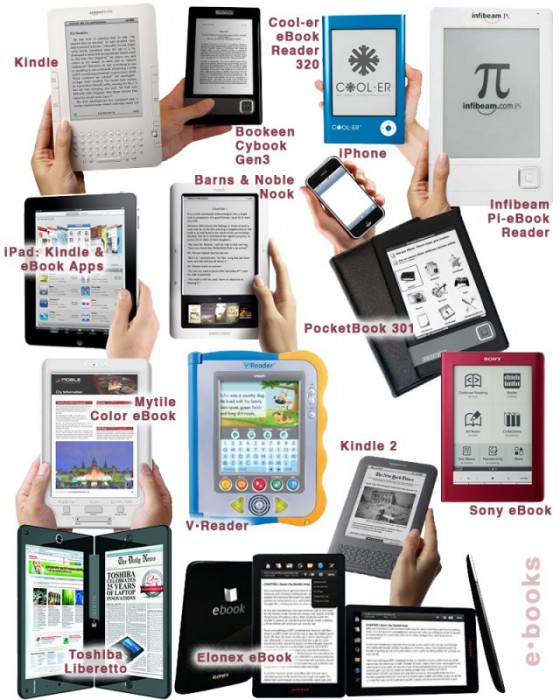
I had this idea for writing a post about mothers and their children, but then I’ve decided that I’m too close to that subject at the moment and moved on to writing about sex. Sex sells, right? So here it goes: women, sex, and plotlines. Per statistica.com, 84% of romance readers are women. Obviously, that’s not a big surprise. I remember listening to a woman who was rhapsodizing about ebooks because she no longer needed to make covers to hide the fact she was reading romances on her subway rides to work. Ebooks hide lots of unique reading preferences behind their bland consumer electronics facades. And what people say they read and what they actually buy is quite revealing. The most popular answer to what genre you like to read is mystery/crime/thriller. And yet romance/erotica is by far the most profitable category at $1.44 billion, while crime/mystery came a distant second at $728.2 million. You’d be shocked, shocked to learn that people lie about what they love to read (or do). And while we are focusing a bit on statistics, here’s an interesting tidbit: engineers did research on what kinds of search relating to sex do women do as opposed…


